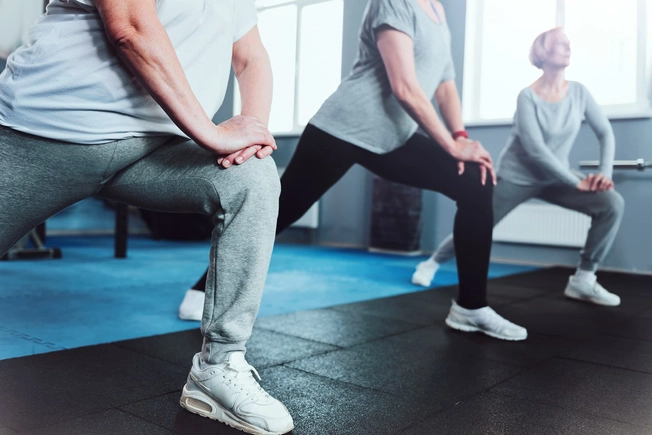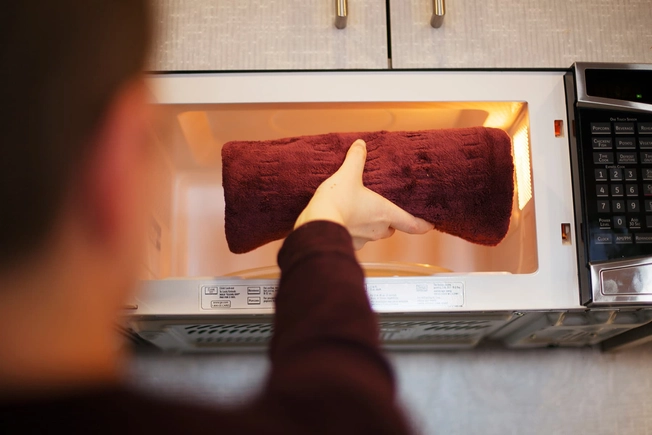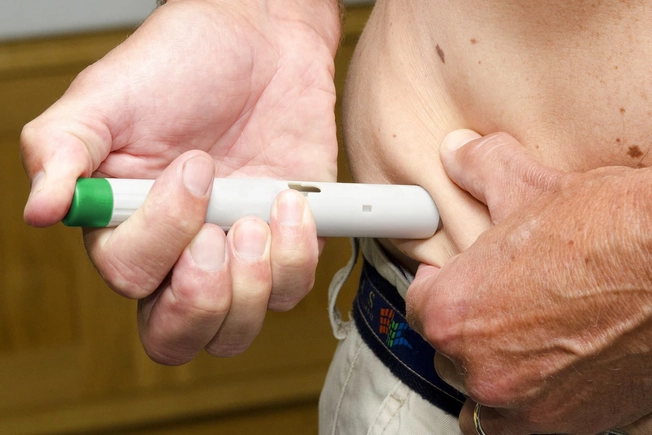Ways to Ease Hip Pain


Don’t Wait: Lose Weight
For every 10 pounds of extra body weight you carry, there’s an added 50 pounds of pressure on your hips and knees. If your joints are feeling the strain, find a weight that works best for you and talk to your doctor about the best ways to slim down. Depending on what's causing your hip pain, losing extra pounds may help and make it easier to move around.

Take a Load Off
Your weight isn’t only about body fat: Your hips also absorb the weight of everything you carry in your hands and on your back. To take the pressure off, use a handcart for groceries and use luggage with wheels. If you carry a purse, consider a backpack style so the weight is even across your back.

Move It to Lose It
It makes sense to rest your hip until the pain eases up. Once it does, prescribe yourself a daily dose of exercise to build stronger muscles and keep joint stiffness at bay. Ask your doctor whether low-impact activities like walking, swimming, or yoga would help ease your condition.

Avoid High-Impact Exercise
Movement will help your hips, but this isn’t the time to take up downhill running or kickboxing. Start slow with a few minutes on a stationary bike or elliptical. As soreness gives way to strength, you can bump up the length of your workouts.

Water Workouts
For the ultimate low-impact exercise, use a pool or spa. Water supports your body and takes some of the stress off your joints. It also allows for freer, smoother movements and provides good resistance to make your muscles stronger. Talk to your doctor or a physical therapist about exercises that will help your hips.

Stretch, Strengthen, and Stabilize
There are also specific exercises that can help with hip pain. They can work the parts of your body that support these joints, including your legs and core. To get the right routine and form, it’s best to work with a professional, like a physical therapist. And don’t push yourself -- if you feel pain during a workout, stop.

Use Heat and Cold
Have a bag of frozen veggies handy? Wrap it in a thin towel and press it directly onto your hips to ease pain. Use warmth -- like a hot shower or compress -- to loosen up muscles right before you stretch.

Heal Without Heels
Sometimes the answer for hip pain is right under your toes. High heels put your foot at an unnatural angle and can throw off your body’s alignment, which can cause hip pain. Try flat shoes instead, and avoid standing for too long in one stretch. ust be sure the flats have good arch support and some cushioning to help absorb shocks.

Over-the-Counter Meds
Non-steroidal anti-inflammatory drugs (NSAIDs), like ibuprofen and naproxen, are a common way to take the edge off when your hip hurts. If you can’t take them (maybe because of allergies or stomach problems), try acetaminophen instead. Ask your doctor to recommend the best type and dosage for your condition, and to make sure these pain relievers are safe for you.

Consider Other Medicines
In some cases, hip pain is part of a bigger issue, like arthritis, an injury, or a pinched nerve. With these conditions, you’ll need something stronger for the pain. For example, if you have rheumatoid arthritis (RA), your doctor might recommend a steroid to ease inflammation or a biologic that works with the parts of your immune system that make your joints inflamed.

Try an Alternative Therapy
If traditional therapies don’t work, shift to a mind-body approach. You may have more success with acupuncture, massage, or a chiropractic adjustment.
IMAGES PROVIDED BY:
1. Olivier Le Moal / ThinkstockPhotos
2. Purestock / Thinkstock Photos
3. monkeybusinessimages / ThinkstockPhotos
4. Marcos Calvo / ThinkstockPhotos
5. Ridofranz / ThinkstockPhotos
6. Yacobchuk / Thinkstock
7. Amie Brink / WebMD
8. Miflippo / Thinkstock Photos
9. Miflippo / Thinkstock Photos
10. SPL / Science Source
11. Photo Scape / Thinkstock Photos
SOURCES:
American Association of Hip and Knee Surgeons: “Relieving Hip and Knee Pain without Surgery.”
Versus Arthritis: “Hip Pain.”
Mayo Clinic: “Hip Pain.”
American Osteopathic Association: “The Real Harm in High Heels.”
National Health Service: “Hip Pain in Adults.”
University of Washington Medicine, Orthopaedics and Sports Medicine: “Water Exercises: Pool and Arthritis.”
Arthritis Research UK: “Exercises for Hip Pain.”
Arthritis Foundation: “Medications to Treat Hip Pain.”
Mayo Clinic: “Rheumatoid Arthritis.”